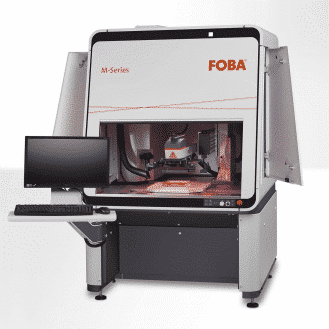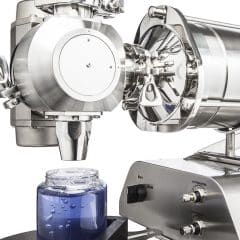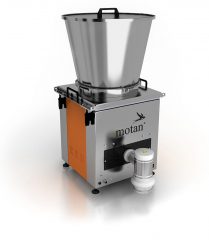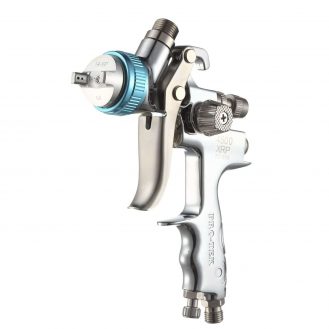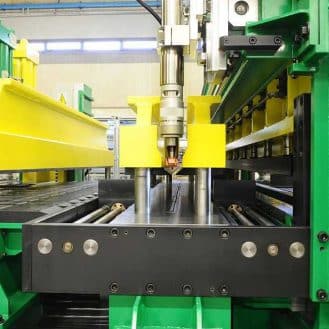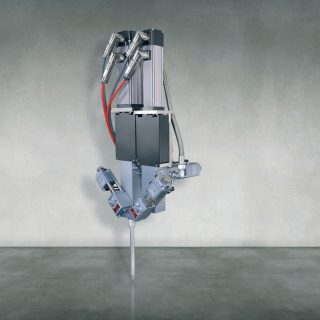
DOPAG piston dosing dispenser
Volumetric dosing dispensers are mainly screw or piston type.
Screw volumetric dosing dispensers are equipped with a twist that is used both to measure the volume and to evacuate the product at each turn. The advantage of this type of dosing dispenser is that the volume is the same for each cycle (for example, each spin rotation) and the product density is regular.
These dosing dispensers are divided into 3 categories:
- Single-screw dosing dispensers are mainly used for free-flowing materials.
- Double screw dosing dispensers are particularly suited for dosing powders and materials in granular or flake form.
- Triple screw dosing dispensers are used for dosing very high viscosity materials, such as pigments or glues.
Piston dosing dispensers are favored for viscous liquids and pastes, i.e. when it is necessary to push products that can’t flow on their own.
They are particularly used for dosing two components, for example for mixing a resin and a hardener.
Piston dosing dispensers do not operate continuously because they require a suction filling phase, followed by a discharge phase that will dose the product in proportion to the piston stroke.
There are two types of piston dosing dispensers:
- Pneumatic pistons are relatively economical, but require a suitable compressed air network.
- Mechanical pistons are cam-operated and provide a more accurate and consistent dosage than pneumatic pistons. They are also generally sturdier.
